Welcome to the world of internet advertising! This guide is designed to help you thrive in the digital space—whether you’re a small business owner, a marketing professional, or a student of digital marketing.
We’ll look at different kinds of online ads, like those on search engines and social media. And we’ll also show you real examples to help you understand better. By the end of this article, you’ll know how to use internet advertising in 2025 to stay ahead of the competition and achieve your business goals.
What is Internet Advertising?
Internet Advertising Definition
Internet advertising, also called online advertising, uses the internet to show interactive ads to people on websites, social media, and other places they spend a lot of time online. These ads can be measured and tailored to reach specific audiences, making it easy for businesses to adjust their advertising strategies.
Advantages of Internet Advertising
- Extensive Audience Coverage: Internet connects businesses to a worldwide audience, enabling engagement across borders.
- Precise Targeting: Ads can target specific demographics, interests, and behaviors, increasing relevance.
- Cost-Efficiency: Suitable for all budgets, with pay-per-result options available.
- Quantifiable Data: Detailed performance data allows for strategy refinement.
- Adaptable Marketing Tactics: Real-time modifications enable quick adaptation to trends and feedback.
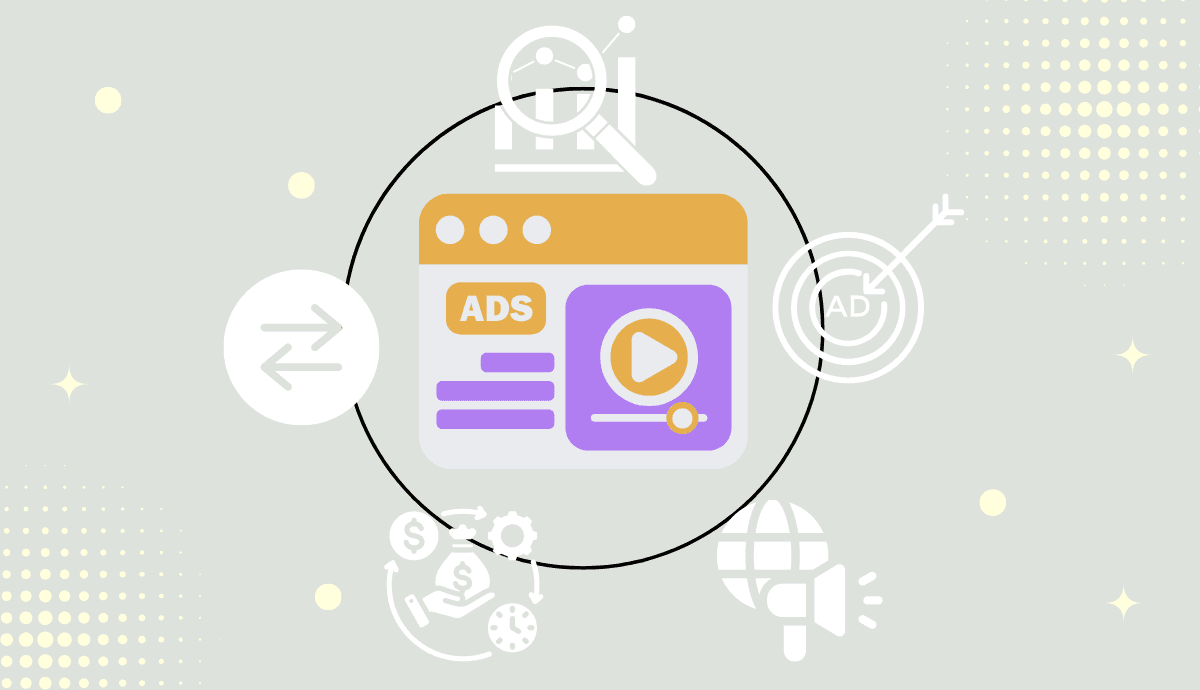
Disadvantages of Internet Advertising
- Ad Blockers: Software that filters out online advertisements, reducing ad visibility and potentially limiting audience reach.
- Privacy Concerns: User unease about personal data collection and usage in targeted advertising.
- Homogeneous Competition: Crowded online ad space makes it challenging for individual ads to stand out.
Types & Examples of Internet Advertising
Internet advertising comes in many different types. Some ads highlighting low cost, some are excellent in the efficiency. According to AdParlor, brands can maximize ROI by collaborating with a professional agency that designs paid advertising using effective methods. In this section, we’ll look at the various kinds of internet advertising and give real examples of how businesses have used them successfully.
Search Engine Advertising
Overview of Search Engine Advertising
Search engine advertising (also known as paid search) involves placing ads on search engine results pages (SERPs). This is usually done through platforms like Google Ads and Bing Ads. For businesses looking to scale their campaigns efficiently, leveraging white label Google Ads services can provide expert management and optimization without the need for in-house resources. When users search for specific terms, advertisers bid on keywords to have their ads shown in prominent positions.
These ads are typically marked as “sponsored” and appear at the top or bottom of the search results. The key benefit is intent-based targeting, reaching users actively searching for relevant products or services.
The model for these ads is as follows: Advertisers pay when a user clicks on their ad, which is also known as pay-per-click (PPC). To excel in PPC, marketers employ keyword research and bidding strategies. They use tools like Google’s Keyword Planner to find good keywords and manage bid amounts. This approach ensures their ads appear for relevant searches, maximizing their budget’s impact.
Search Engine Advertising Case Study
The Washington Wizards basketball team provides an excellent example of effective search engine advertising. Using Google Ads, they targeted high-intent keywords such as “Washington Wizards tickets” and “NBA game tonight.” This strategy allowed them to connect with fans actively seeking tickets, maximizing their advertising impact.
The Wizards also used geo-targeting to ensure their ads were shown to local fans, maximizing relevance. By directing interested fans to purchase directly from their website, this campaign successfully increased fan ticket sales by 72%.

Social Media Advertising
Overview of Social Media Advertising
Social media advertising allows businesses to promote their products and services on platforms like Facebook, Instagram, Twitter, and LinkedIn. You can either advertise for free or pay for better results, depending on your needs.
- Free social media advertising
Considering free internet advertising for businesses? Free social media ads would be a considerable option. They typically involve organic strategies like:
• Create appealing posts
• Interact with your followers
• Encourage people to share and like your content
For small businesses, you can use free tools provided by platforms like Facebook. These tools allow you to set up pages and engage with customers without paying for ads.
This involves purchasing ad placements on social platforms. Paid ads can appear as sponsored posts, stories, or banners within a user’s feed. Advertisers can target users based on demographics, interests, and behavior, making these platforms ideal for reaching specific audiences.
This local focus is especially useful in crowded digital spaces like Dubai, where user behavior and platform preferences can differ from other markets like the U.S. or Europe. A Facebook Ads agency in Dubai such as AlCaz Media understands these regional nuances and can tailor campaigns accordingly. Unlike broader global strategies, localized efforts often rely more on language cues, cultural timing, and city-specific interests. This kind of precision makes Ad spending more efficient and helps cut through the noise in competitive urban markets.
Social Media Advertising Example
A great example is Dove’s “#DetoxYourFeed” campaign, which was launched on prominent social media platforms like Instagram, TikTok, and Facebook. Dove has long been known for its focus on positive body image, and this campaign took it a step further by addressing the harmful influence of social media on self-perception, particularly for younger audiences.
The campaign sparked widespread conversation between parents and teens, with strong social media engagement. It reached over 745 million impressions, and moms interacted with it twice as much as they did with Dove’s earlier campaigns (Home).
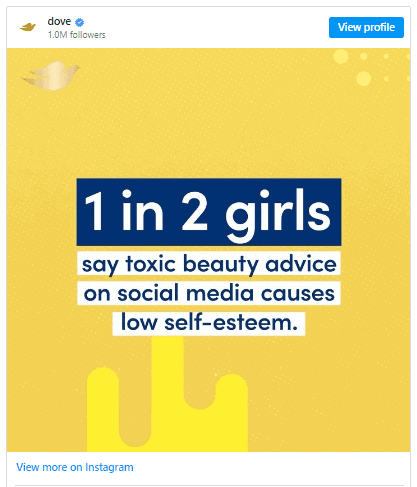
Video Advertising
Overview of Video Advertising
Video ads promote products or services through short clips on platforms like YouTube and TikTok, or before streaming content. Their visual nature makes them highly engaging, quickly conveying messages. These platforms’ large, video-focused user bases make them ideal for such advertising.
There are different formats of video ads, such as:
- Pre-roll ads: These play before the main content (e.g., before a YouTube video).
- Mid-roll ads: These appear in the middle of the video.
- OTT (Over-the-Top) advertising: Ads shown on streaming services like Hulu or Amazon Prime Video.
Video Advertising Example
A successful video advertising campaign example is Dollar Shave Club’s viral YouTube ad. The 90-second video, released in 2012, introduced their affordable razor subscription service with humor and direct messaging. It quickly went viral, gaining millions of views and driving a massive increase in subscribers.
The campaign’s success stemmed from its engaging content, humor, and clear call-to-action. It effectively demonstrated well-crafted video content’s superior attention-grabbing power over static ads.
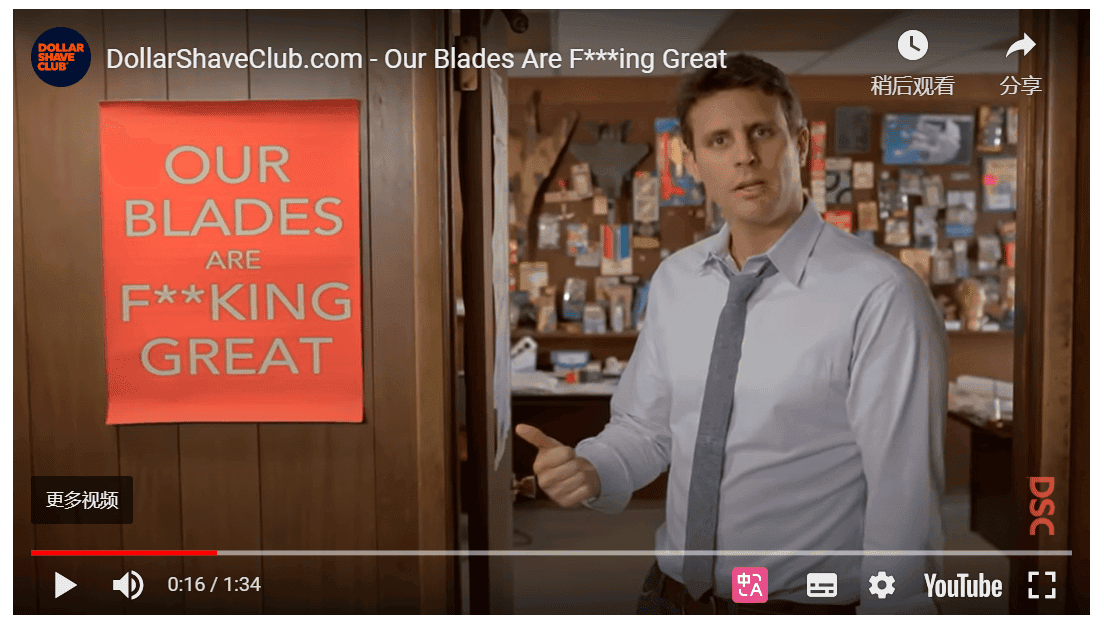
Influencer Marketing
Overview of Influencer Marketing
Influencer marketing involves partnering with individuals who have an online following. They often share your brand with their audience through social media posts, videos, or blog content. Because audiences trust recommendations from people they follow, this method can be highly effective.
Influencer Marketing Example
A notable example is the Daniel Wellington campaign. This watch brand worked with popular Instagram users to promote its products. They gave free watches to these influencers and asked them to share special discount codes with their followers. This strategy allowed for easy ROI tracking through code usage. Upon receiving the product, influencers posted pictures of themselves wearing the watches and encouraged their followers to make a purchase.
This approach not only boosted sales but also built strong brand awareness, helping Daniel Wellington grow quickly without spending much on regular ads.
Remarketing
Overview of Remarketing
Remarketing targets users who previously interacted with a website or content. It uses internet cookies to display ads across various sites, reminding users to return and complete an action or purchase. This strategy aims to re-engage potential customers who showed initial interest but didn’t convert.
Programmatic advertising also plays a role in remarketing. It uses algorithms to buy ad space in real-time and display ads to users who have shown interest in your product. This method helps businesses reach the same audience across multiple platforms, enhancing the likelihood of conversions.
Remarketing Case Study
A notable example of effective remarketing is RTB House‘s campaign for REVOLVE, a fashion retailer. REVOLVE aimed to re-engage website visitors who hadn’t made a purchase. Using dynamic remarketing, RTB House displayed personalized ads based on users’ browsing history, such as viewed products or categories.
This approach not only reminded users of their initial interest but also encouraged them to return and complete their purchase. As a result, the campaign delivered impressive results, achieving a 10x return on ad spend (ROAS) and a significant increase in overall sales. By focusing on precise targeting and personalized content, REVOLVE successfully turned potential leads into loyal customers.
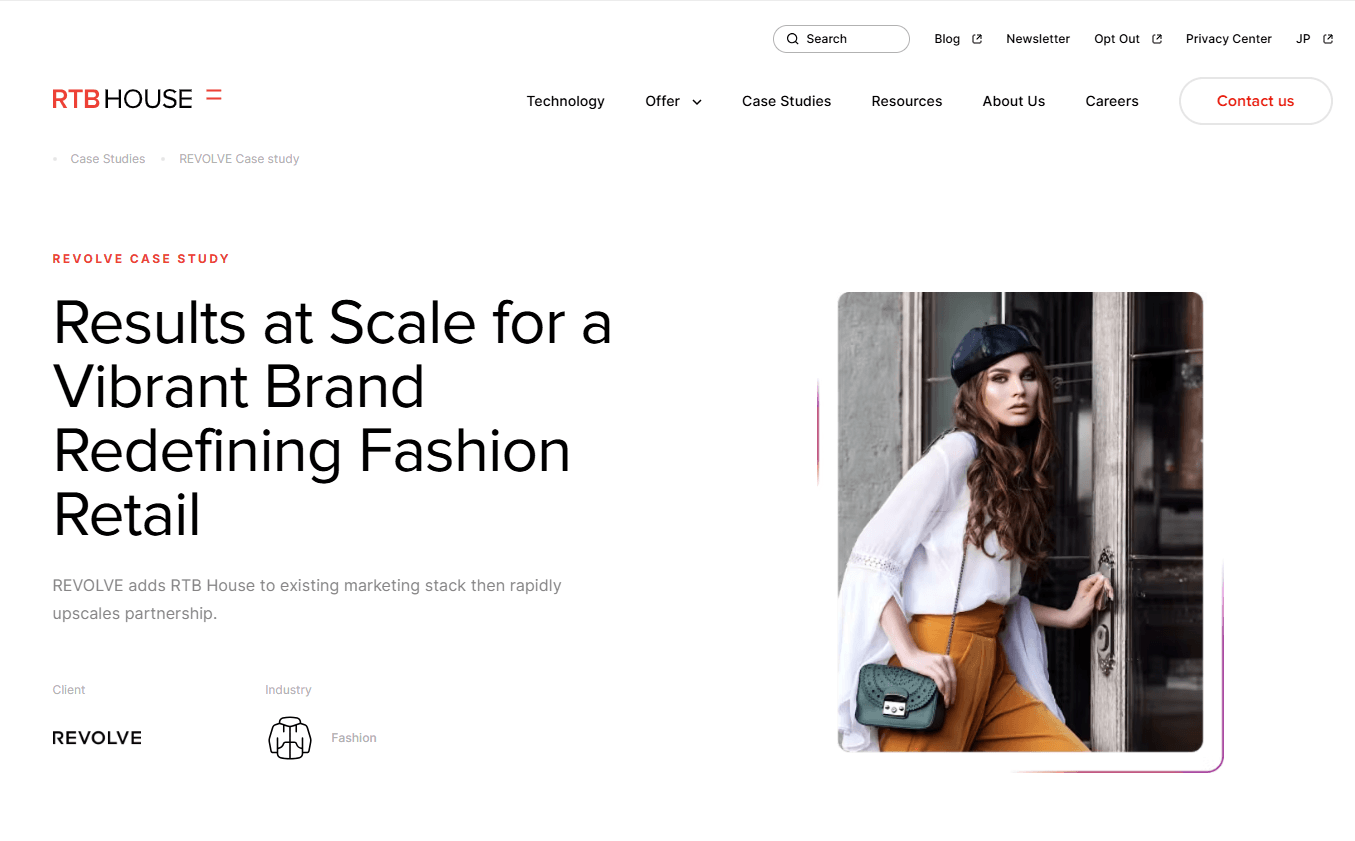
Internet Classified Advertising
Classified ads are simple, text-based ads typically listed on websites that allow users to buy, sell, or trade products or services. Classified ads are often free or very low-cost, making them an attractive option for small businesses looking for cheap internet advertising scheme. You can place free website ads online on platforms like Craigslist, eBay Classifieds, Kijiji, and Gumtree, which attract millions of users searching for local goods and services.
These platforms offer both free and paid listings. Free classified advertising is cost-effective but often has limited visibility. Paid listings, however, provide enhanced features like prominent placement, longer display times, or additional media options. The choice between free and paid depends on your advertising goals and budget.
Best Practices for Internet Advertising in 2025
To boost your ad performance, you must prepare thoroughly and equip yourself with effective, practical tactics. Next, we’ll combine the cases mentioned above with the latest trends in Internet advertising to provide a comprehensive guide of best practices.
Focus on Audience Targeting
Local Internet Advertising Strategies
Local advertising requires understanding your target audience’s preferences, behaviors, and pain points. Using location-based targeting tools and tailoring your ads to the unique needs of your local market will make your message more relevant and effective, aligning more closely with your users’ interests.
Clear Goals and Strong CTAs
Set specific, measurable goals for your ad campaign to guide creation and budgeting. Whether aiming to boost sales, awareness, or traffic, clear objectives are essential. Include strong calls-to-action (CTAs) like “Buy Now” or “Learn More” to prompt user engagement and drive desired outcomes.
Create Multiple Ads Account
Using multiple advertising accounts on one or several platforms can expand marketing opportunities and increase revenue. However, platform restrictions often lead businesses to employ anti-fingerprint browsers for account management.
However, even these tools cannot guarantee complete safety. It’s advisable to verify your browser’s effectiveness using BrowserScan, a free tool that checks whether your anti-fingerprint browser successfully conceals your device information.
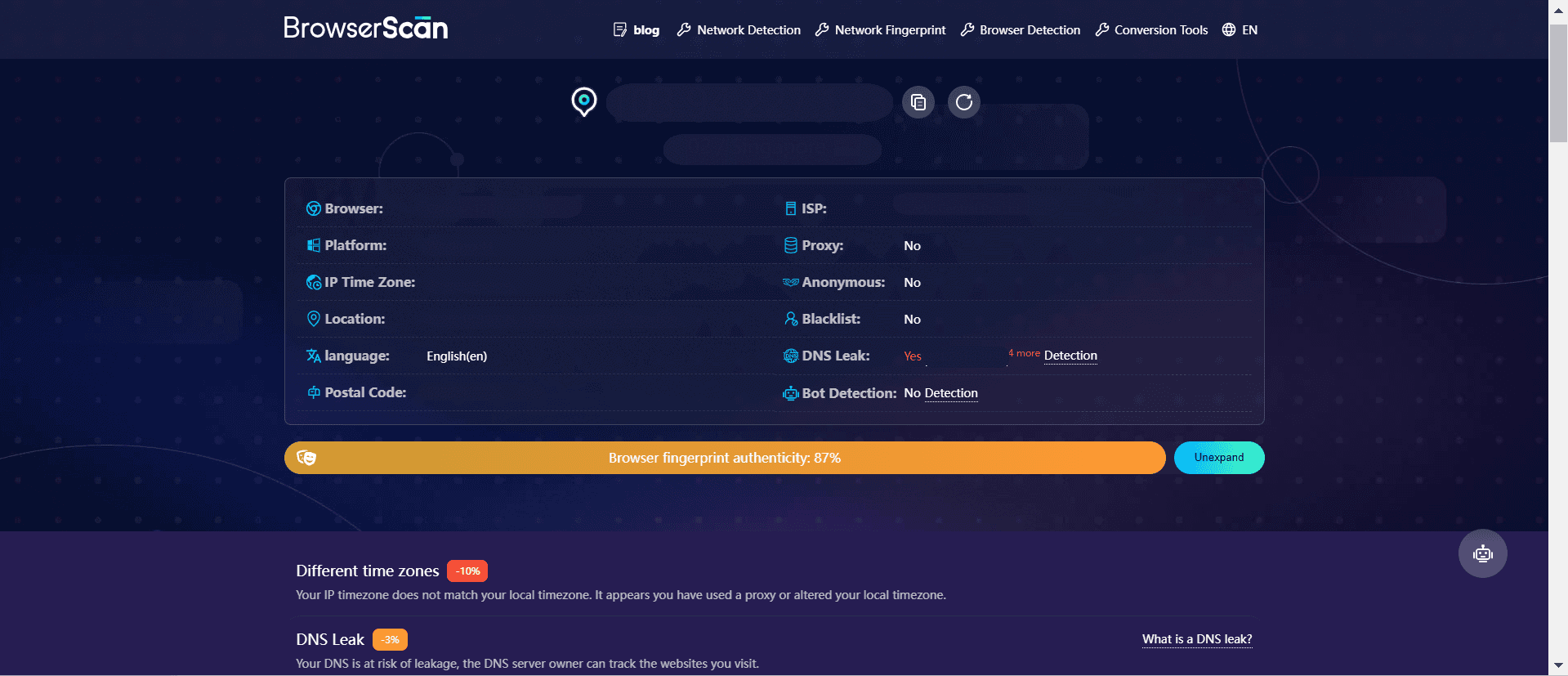
Optimize for Mobile-first Audiences
Studies show that mobile ad engagement is growing, with users spending more time on their smartphones than on desktop computers. Optimizing your ads for mobile is therefore critical for reaching potential customers.
Mobile optimization involves making ads responsive—adjusting to fit different screen sizes—and ensuring fast loading times. If an ad or landing page takes too long to load, users are likely to abandon it before engaging.
Use Data-Driven Strategies
- Real-Time Analytics: Real-time analytics tools reveal campaign performance instantly. Google Analytics and Facebook Insights are common tools to track engagement, conversions, and ad effectiveness live. This data enables you to quickly adjust strategies, fine-tune targeting, or shift budgets to top-performing ads.
- A/B Testing Practices: A/B testing is a method that compares two ad versions to find the best performer. You can use it to test elements like headlines, visuals, or CTAs, revealing what engages their audience most. For accurate results, it’s better to change only one element at a time.
- Track Campaign Performance: Tracking performance involves more than counting clicks or views. Key metrics include conversion rates, click-through rates (CTR), and ROI. Tools like Google Ads can offer insights into ad effectiveness. Regularly monitoring these metrics allows you to spot trends and fine-tune campaigns for better engagement or lead generation.
- Personalize User Experiences: Personalization significantly boosts ad engagement. Using data like browsing history, purchase records, or location, you can tailor ads to individual user interests. These dynamic ads adapting to user preferences create more engaging experiences, boosting conversion rates.
Balance Creativity and Conversion
Eye-Catching Copy for Conversions
Well-written, eye-catching copy can turn a browser into a buyer. Simple, direct language that highlights the product’s benefits is more effective than cluttered or overly complex messaging.
Using words that create urgency, like “limited-time offer” or “exclusive deal,” can motivate users to act quickly. Balancing creativity with a clear CTA will drive better results for your ad campaign, which is why persuasive copywriting plays a crucial role in capturing attention and prompting action.
Avoid Triggering Users’ Ad Fatigue
Ad fatigue occurs when users repeatedly see the same ad, leading to disengagement. To combat this:
- Regularly update visuals and copy
- Rotate products or promotions
- Create fresh, engaging content
- Use frequency control tools
These strategies help maintain user interest and ad relevance, minimizing fatigue.
Ensure Ad Compliance and Privacy
GDPR, CCPA, and Data Privacy Compliance
In today’s digital world, privacy regulations like the General Data Protection Regulation (GDPR) in Europe and the California Consumer Privacy Act (CCPA) in the U.S. play a crucial role in advertising.
These laws dictate how user data is collected, stored, and used. Before advertising, It’s essential to ensure your practices comply with these regulations by being transparent about data usage and offering users the option to opt-out of data collection. Failure to comply can result in significant penalties and damage to your brand’s reputation.
Build Trust with Transparent Ad Practices
Building trust with your audience is key to long-term success. Be upfront about how you use customer data and create transparent, non-intrusive ads. Moreover, avoid clickbait and deceptive practices, and focus on delivering valuable, relevant content that enhances the user experience.
Final Thoughts on our Guide to Internet Advertising
Congratulations on completing this guide! You’ve gained valuable knowledge about internet advertising. Now it’s time to act—apply these insights to enhance your marketing efforts. Whether you’re starting your first campaign or improving existing ones, internet advertising offers endless possibilities. Your journey begins now!

